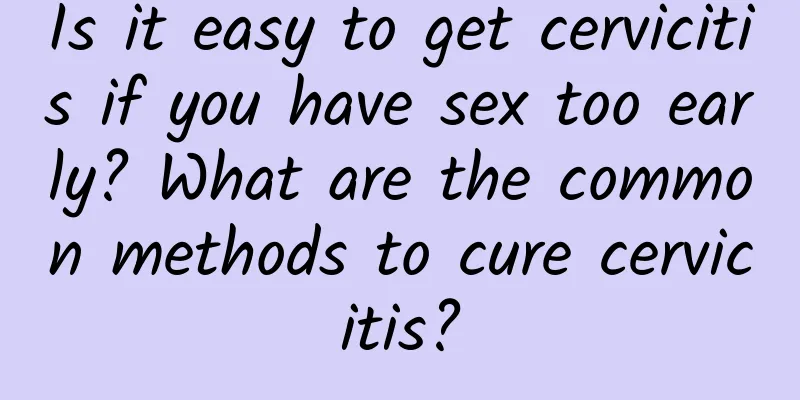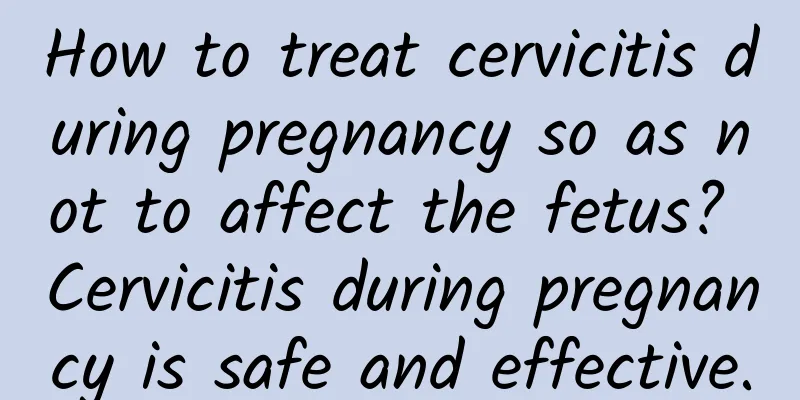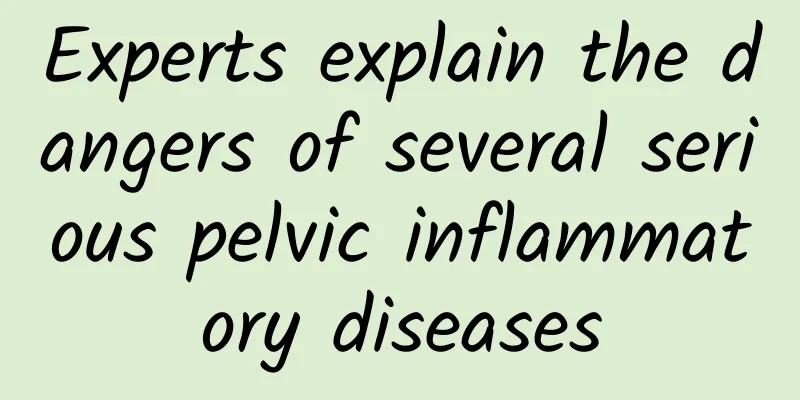How to relieve pelvic effusion and low back pain

|
Pelvic effusion is divided into physiological and pathological. Physiological pelvic effusion often occurs after women ovulate or in early pregnancy, and can disappear naturally without treatment. In clinical practice, most women's pelvic effusion is caused by inflammation, which is the presence of inflammatory exudate in the pelvis. If it is not treated, it can slowly grow. So how to relieve low back pain caused by pelvic effusion? Pelvic effusion caused by acute or chronic pelvic inflammatory disease and adnexitis is often accompanied by bilateral or unilateral lower abdominal pain, lumbosacral pain, low back pain, lower abdominal distension and pain, low back pain, etc., or due to long-term standing, overwork, sexual intercourse, or premenstrual aggravation, severe cases affect work. Or lower abdominal pain, or increased leucorrhea, menstrual disorders, heavy menstrual blood, dysmenorrhea, and sexual discomfort. It can be seen from this that pelvic effusion can cause low back pain, and pathological pelvic effusion is generally caused by these inflammations. Strict surgical disinfection during artificial abortion and chronic infection can also cause pelvic effusion. Only by treating pelvic effusion can low back pain be solved. Common treatment methods are mainly the following: 1. Physical therapy This method mainly includes shortwave therapy, laser therapy, etc., which uses benign warm stimulation to improve local blood circulation in the patient's pelvic cavity, thereby promoting the renewal of the body's metabolism, accelerating the absorption and disappearance of inflammation, and facilitating disease recovery. 2. Drug treatment In the treatment of pelvic effusion, many patients will choose Western medicine with fast effect, but long-term use of medicine may cause certain side effects to the body. Although the effect of Chinese medicine is slower, it can cure the root cause. Therefore, Chinese and Western medicine are combined clinically to achieve the purpose of treating both the symptoms and the root cause, so as to thoroughly cure the disease. 3. Extraction of effusion Extraction of effusion is a Western medical examination or symptomatic treatment method and should not be performed frequently, because simply extracting effusion will not only fail to cure pelvic effusion, but will also increase the amount of effusion. |
<<: What are the abnormal leucorrhea tests?
>>: Can pelvic inflammatory disease be treated?
Recommend
How big is a physiological ovarian cyst?
How big is a physiological ovarian cyst? Physiolo...
Explore the detailed causes of ovarian cysts
Ovarian cyst is a very common disease among women...
Vulvar leukoplakia should be differentiated from sclerosing atrophic lichen
Vulvar leukoplakia is similar to lichen sclerosus...
Symptoms of uterine fibroids What are the causes of uterine fibroids
Uterine fibroids are common genital tumors in wom...
What drugs are used to treat vaginal candidiasis
What drugs are used to treat candidal vaginitis? ...
What to eat after abortion
Women all know that women will suffer great traum...
Do this squat! Remember these 4 points to avoid NG
Squats work your glutes, quadriceps, hamstrings, ...
A cup of banana milkshake for breakfast can help you have smooth bowel movements and lose weight and beautify your face!
Bananas are rich in nutrients such as carbohydrat...
Will yellow leucorrhea with odor affect menstruation?
Will yellow leucorrhea with odor affect menstruat...
Get rid of back pain and slim belly! Fitness coaches recommend 3 chair exercises to strengthen core muscles
Are you also a sedentary person? People who sit f...
What are the causes of irregular menstruation? How to eliminate irregular menstruation?
There are two main reasons for irregular menstrua...
The following is an introduction to the types of cervicitis
After a woman suffers from cervicitis, she should...
Why is the first day of menstruation black? Is it a physiological or pathological reason?
If the menstrual blood is only black on the first...
How long after abortion can I take a shower?
Generally, you can take a shower 3 to 5 days afte...
What are the dangers of ovarian chocolate cyst rupture? Is it more dangerous than not ruptured?
I believe that everyone is familiar with ovarian ...









